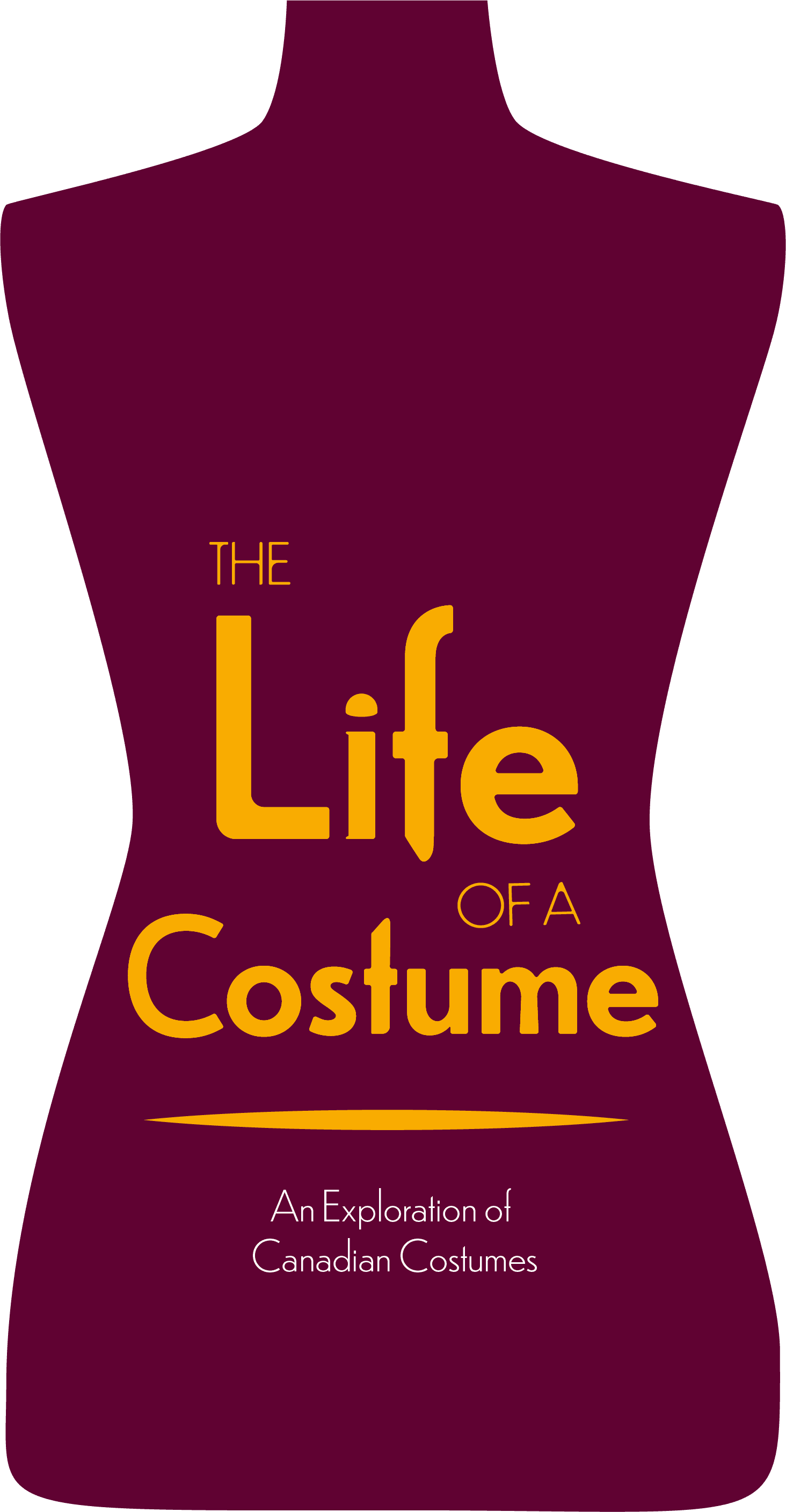
Favourite Filming location:
Guam. Glenne loves to film in various locations and with diverse cultures.
Research Resource you cannot live without:
Museums and Art Galleries. The information they provide are key for creating costumes with authenticity.
Favourite costume hack:
A hair dryer nozzle or hose taped to the bottom of a dry cleaning bag or cardboard box to create a mini drying room.
Background
Glenne’s earliest memories of connection to costume can be traced back to being a wee child sitting on the floor of her mother’s closet. This was 10 years after the first Dior collection and aspects of the Dior look had filtered down to off the rack clothing. As well, she had access to trunks full of garments from different eras. Glenne believes that it was this access to beautiful fabrics and different silhouettes from various eras that led to her pursuing a career in costume instead of fashion design. Her first costume job was a Canadian project about a western dude ranch, Stoney Plain, filmed near Edmonton, Alberta. There was an excitement to working with a young crew, with a low budget in challenging conditions, while trying to create sight gags with clothing like hats being shot off and jeans falling down on command. This project established Glenne’s career and taught her the importance of working as part of a team, how to problem-solve, and be ready to pitch a solution at a moment’s notice.
Challenges & Career Highlights
As Assistant Designer for the 1988 Calgary Winter Olympics Opening Ceremonies, Glenne experienced a great opportunity for growth and professional development. With a staff of 15 and a volunteer crew of 2600 in ages ranging from 6-86, she oversaw the manufacture, fitting and dressing of costumes for 7000 performers. This experience taught Glenne the sense of community that can exist on a project and the excitement of never knowing what might happen each day. The team faced challenges with costumes with complicated cutwork and a shortage of the number of specialized sewing machines needed to complete the volume of work. She learned early on to identify strengths within the team and allow people to work to their strengths.
A career highlight was designing for the television show Outlander. This project saw Glenne taking a beloved literary character from concept to real life.
This production also took Glenne to Scotland, her ancestral homeland. Working with all of the resources in Scotland gave Glenne an opportunity to create work that connected to her own family history.
Outlander Plaid concept work
Glenne’s work on Battlestar Galactica led to an Emmy nomination in 2006 and continues to inspire legions of fans and cosplayers. Her work on this production required experimentation with new technology, materials, tools and techniques to capture clothing of many varied characters. It was also a challenge to work on a production with such an established fan base. Some of the concepts and approaches to filming had not been done before, requiring Glenne to really consider ahead how things would be shot, and specifically, how many multiples of costumes would be needed as well as what evolution costumes and characters would go through.
Strangest costume
The strangest costume Glenne has designed was an alien for the television series, Colony. The costume was a body suit worn by a contortionist. It was made of latex rubber from Russia. The costume was built in the winter, with limited access to materials. Ordering additional quantities was impossible as the material came from Russia and air shipping would not guarantee the material would not freeze and crack. The material had lenticular etching to refract light in beautiful diamond designs. The design also called for the costume to transition from black to blues to silvers, so the black latex rubber had to be painted.
